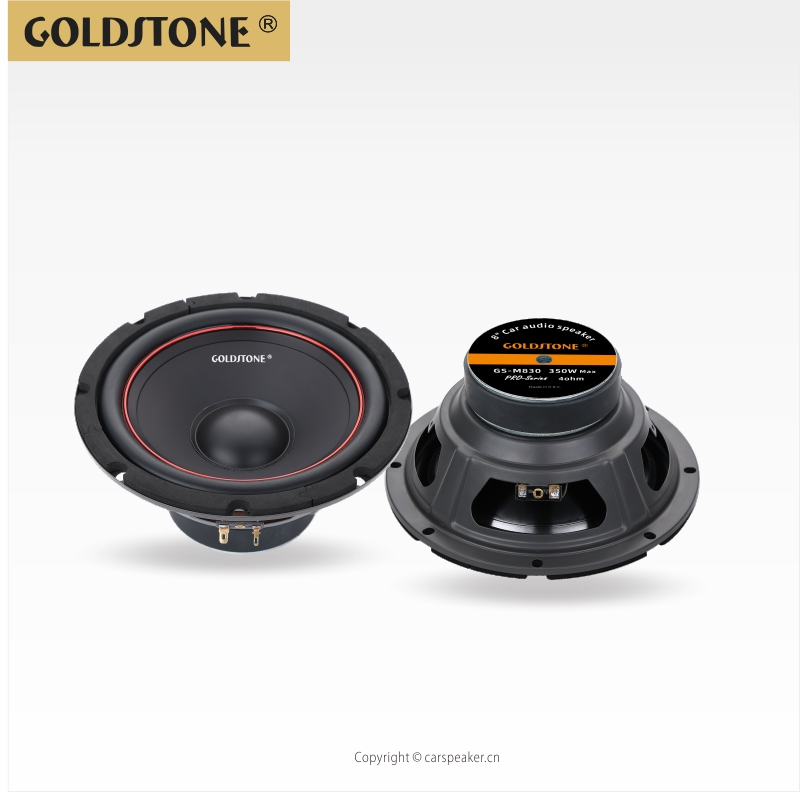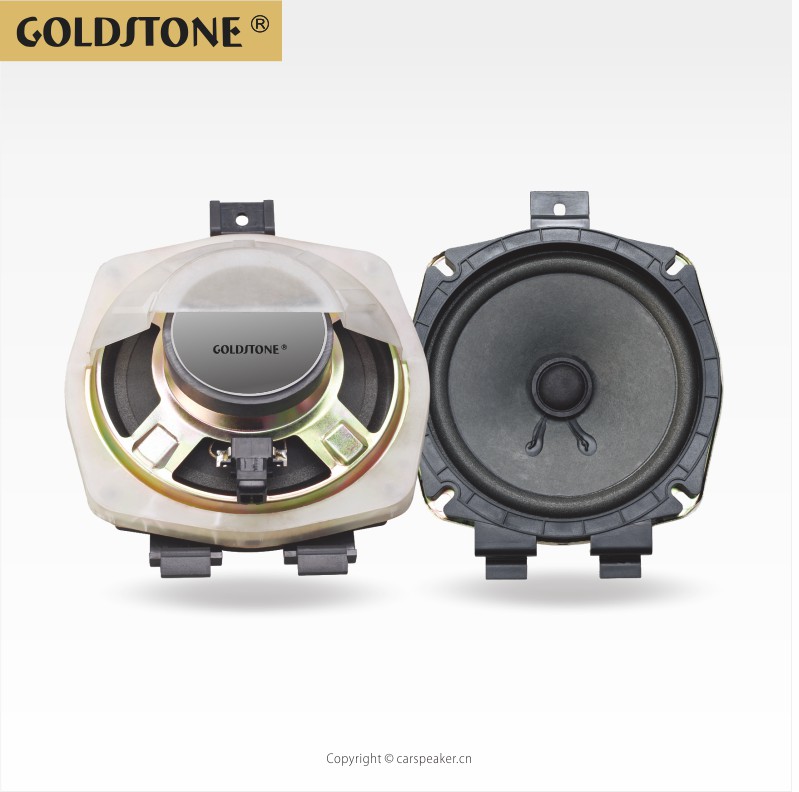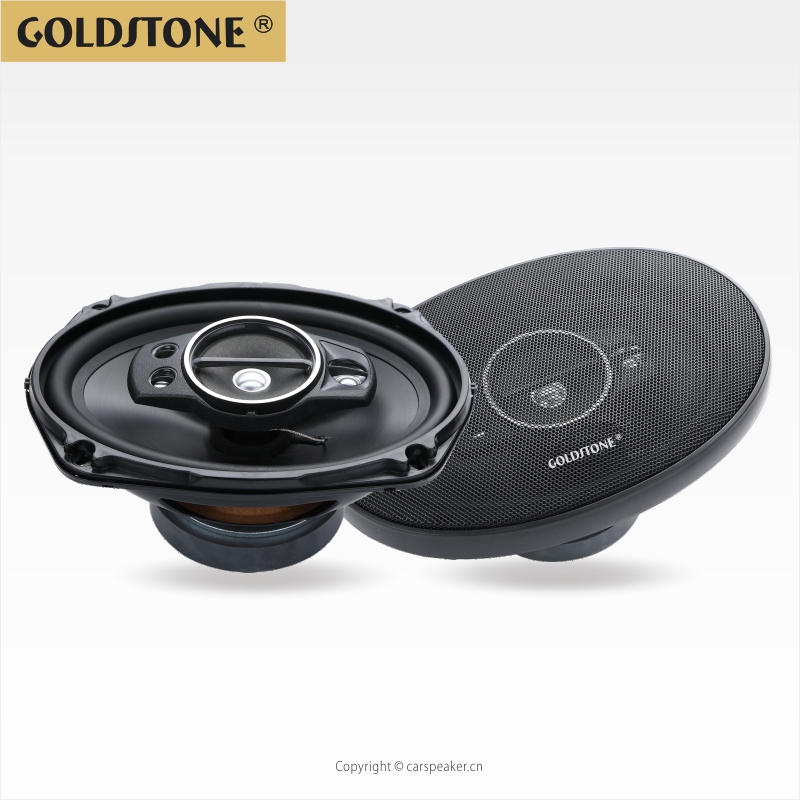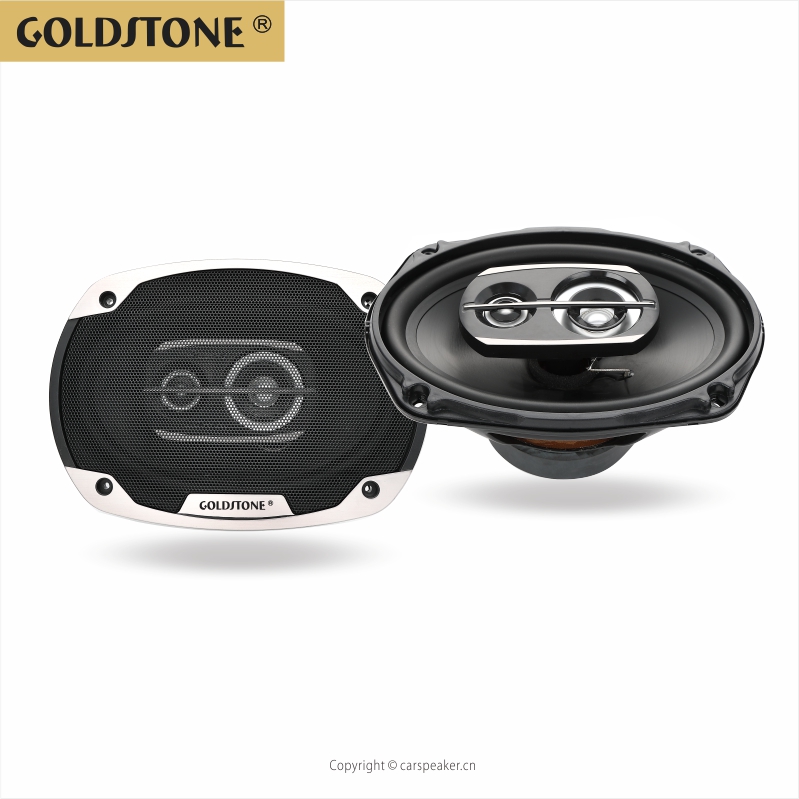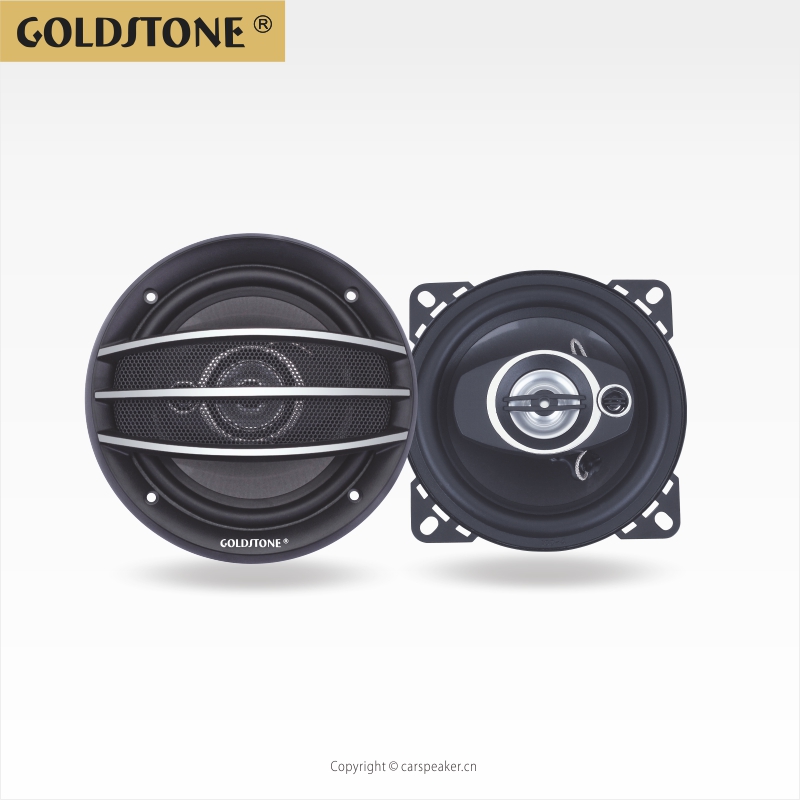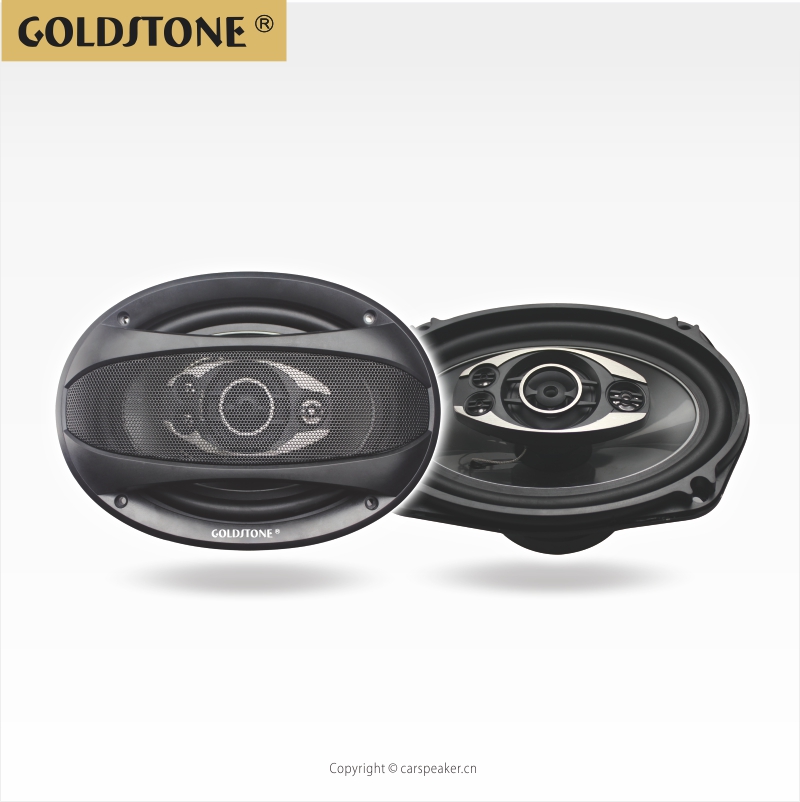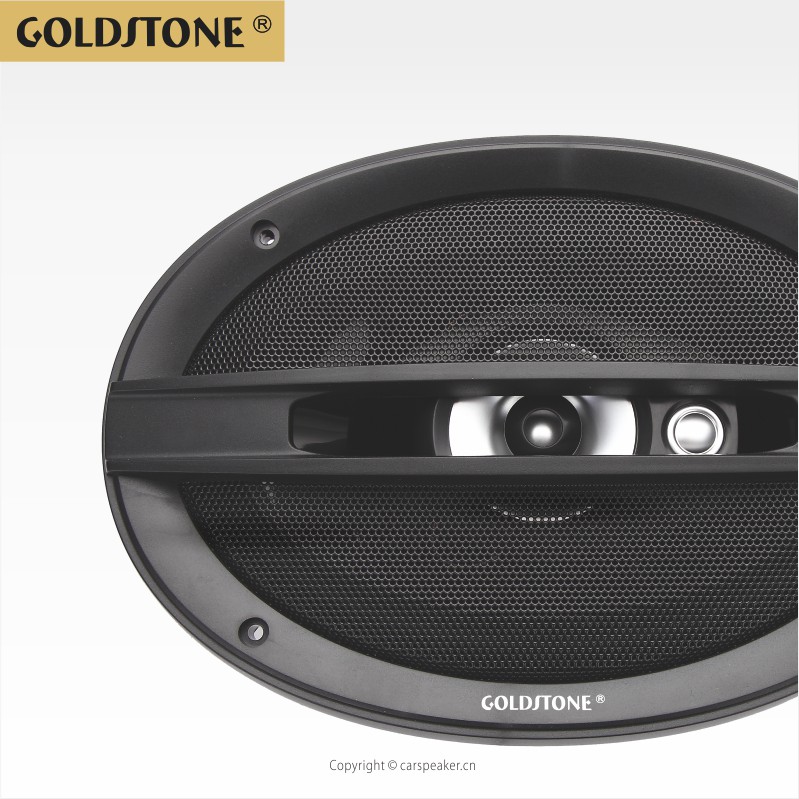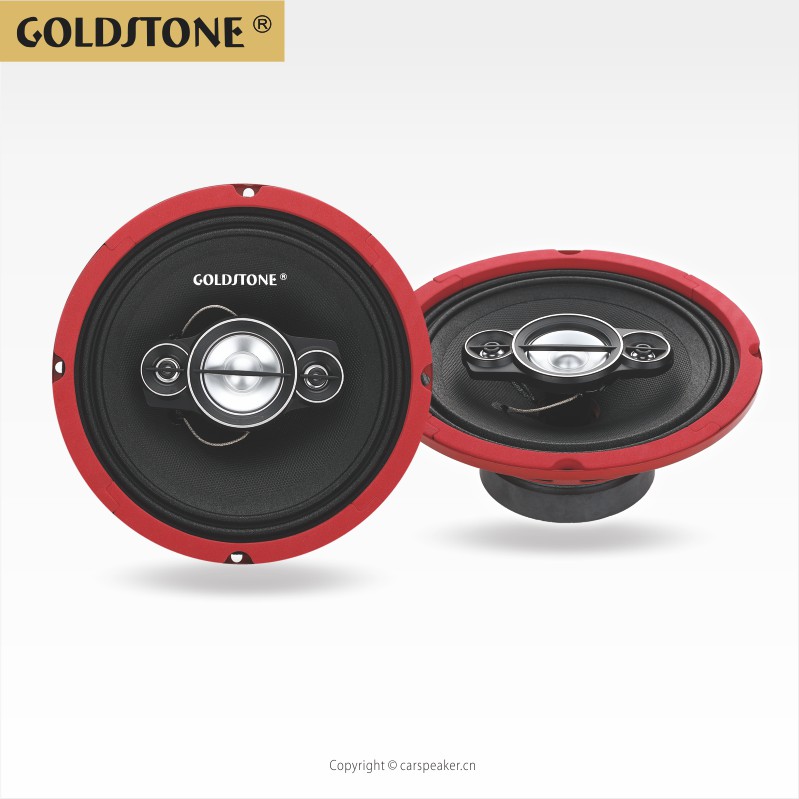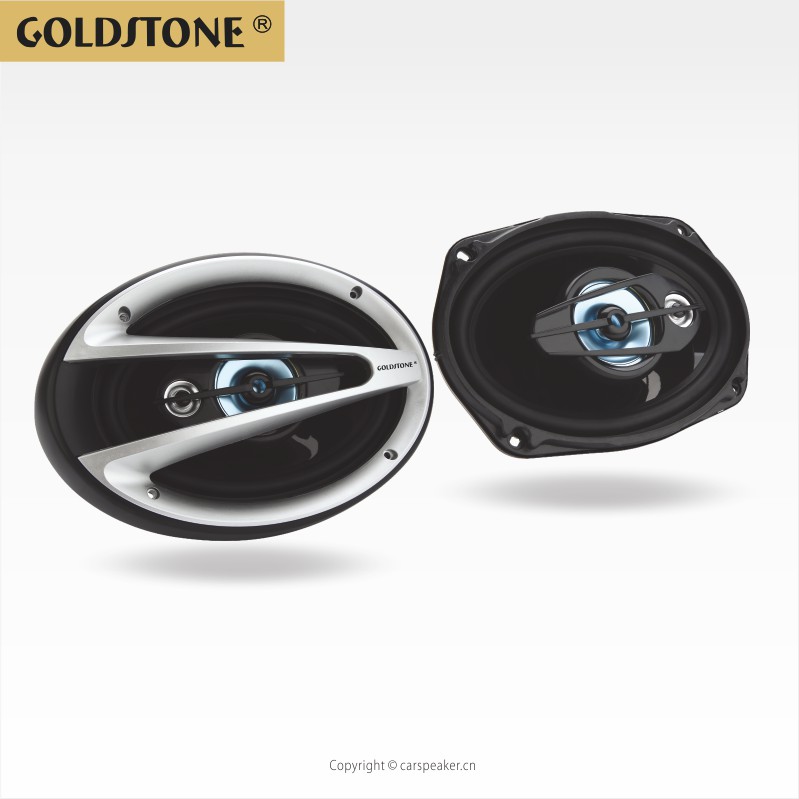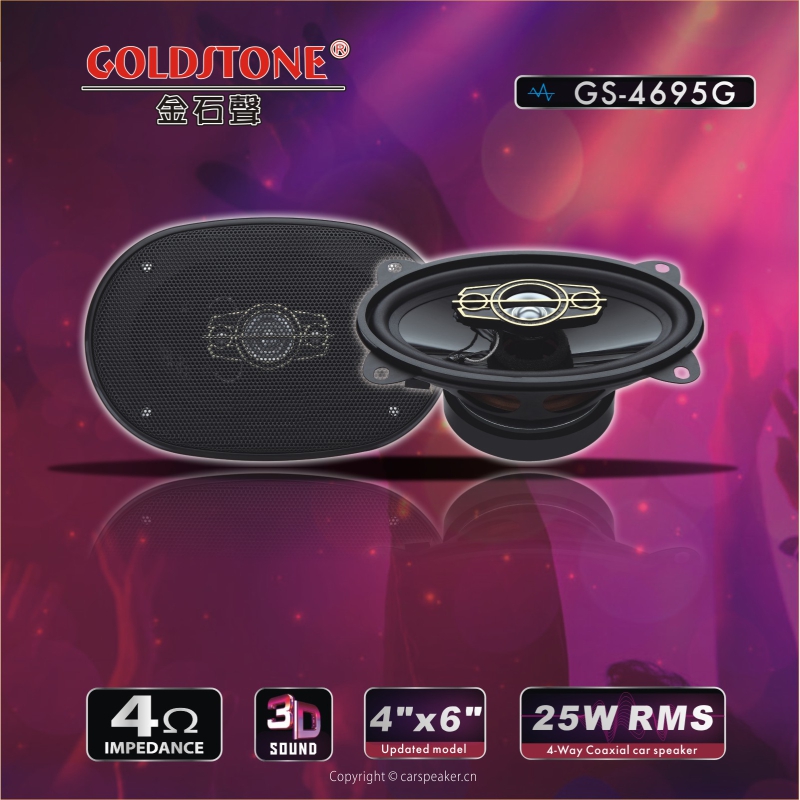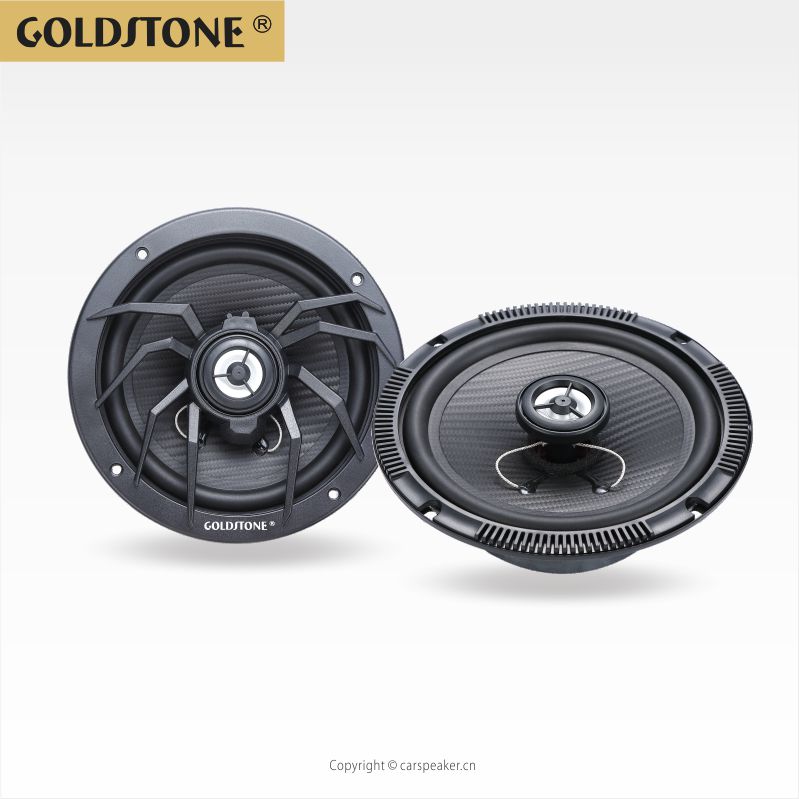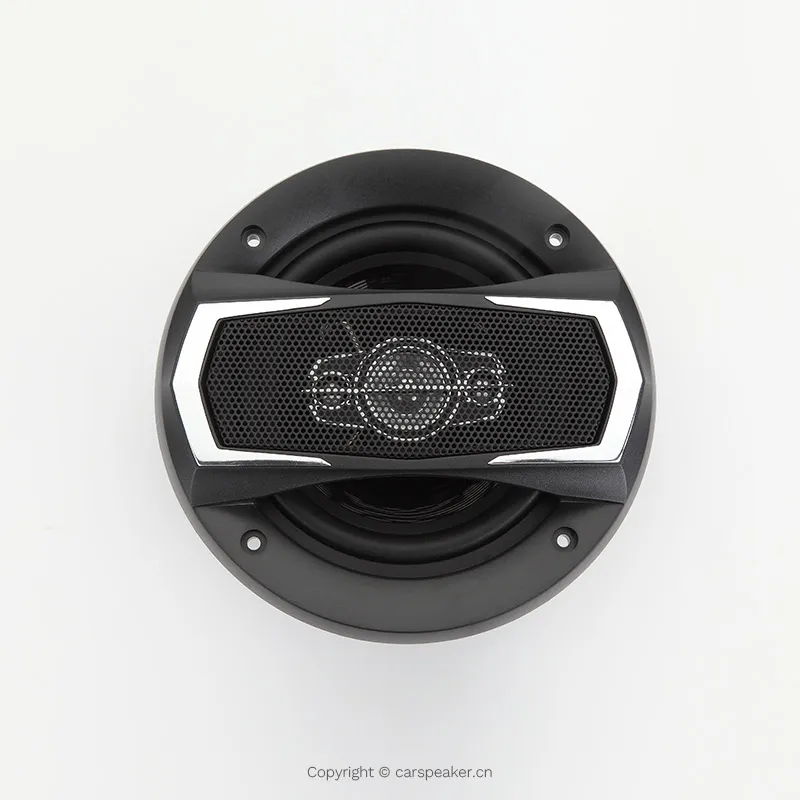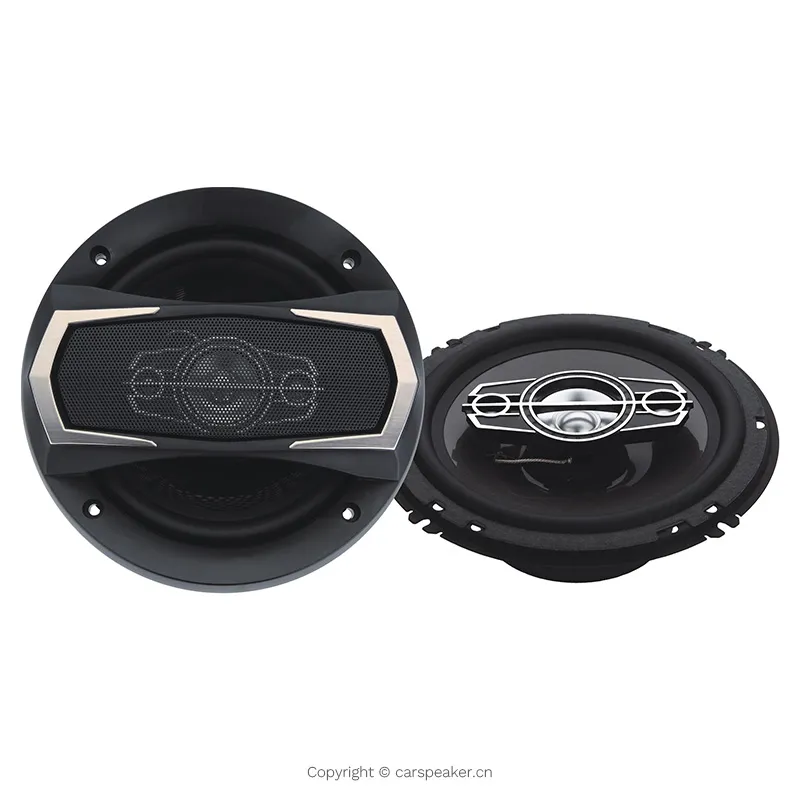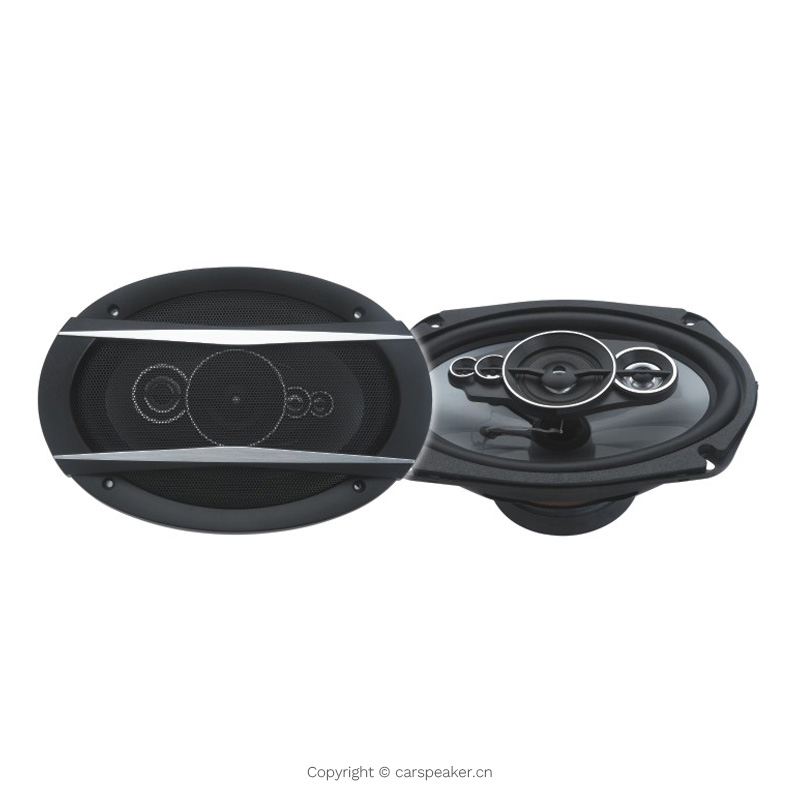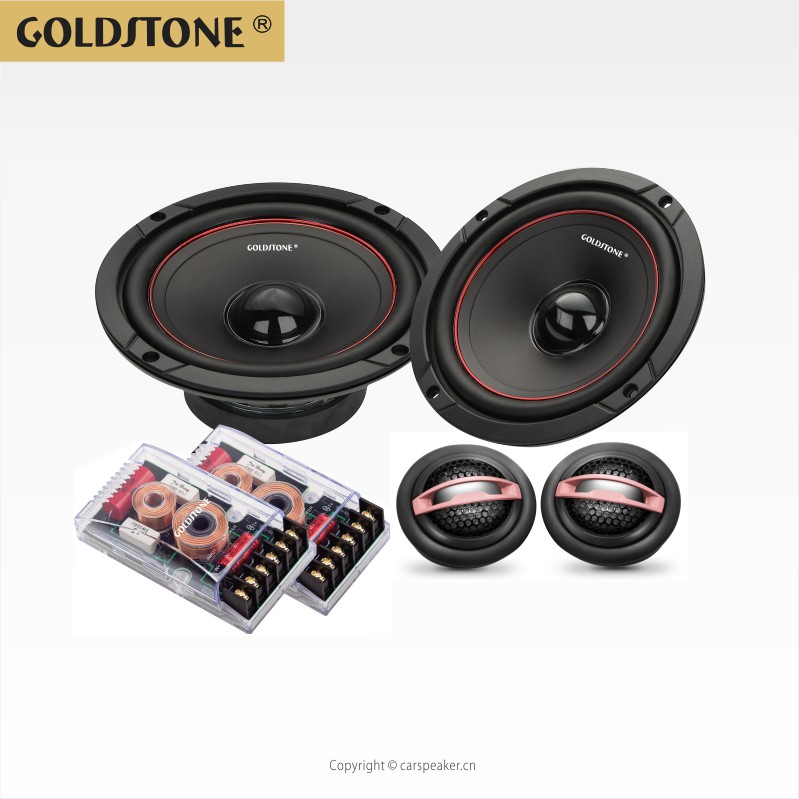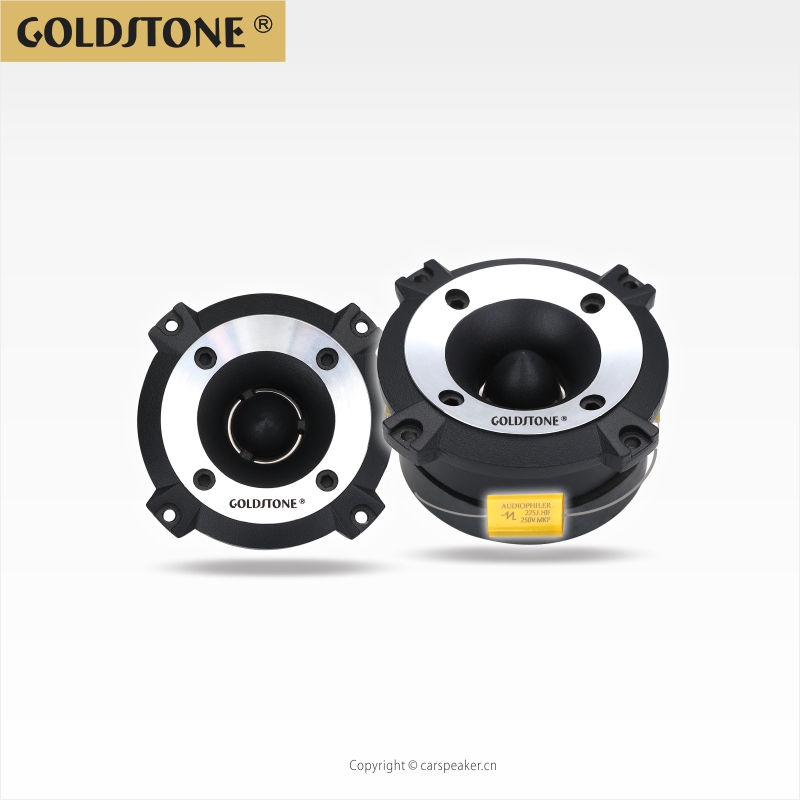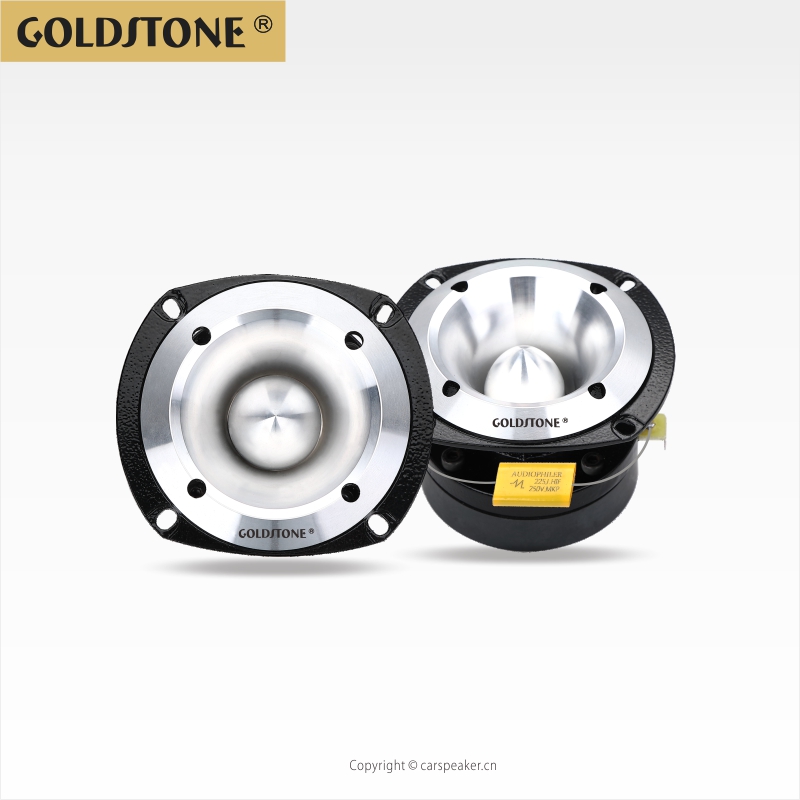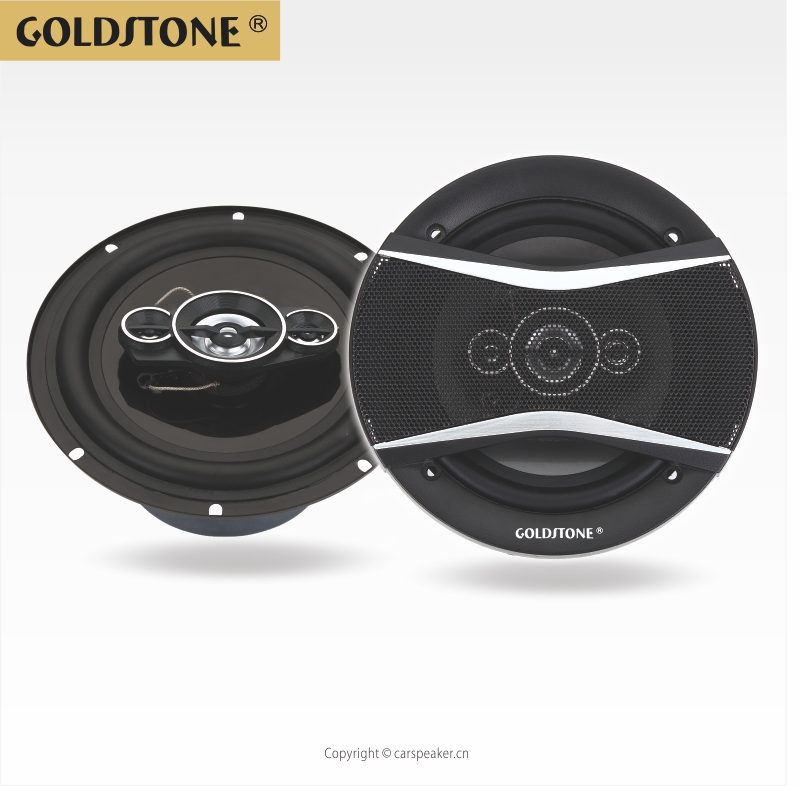Buy Wholesale Midrange Speaker For Car
Discover a wide selection of wholesale midrange car speakers direct from the factory. Customize your order for unique styles at great prices. Find premium quality and unbeatable value here!
Top categories
منذ 1999
سماعات سيارتك
الصانع
جولدستون هي شركة متخصصة في تصنيع منتجات نظام الصوت في السيارة، تجمع بين التصميم والإنتاج والمبيعات.
بفضل خبرتنا الواسعة في هذا المجال التي تزيد عن 24 عامًا، تمكنا بنجاح من تطوير سلسلة من خطوط المنتجات التي تشمل مكبر الصوت للسيارة، سماعة الصوت المنخفض، التويتر ومكبر الصوت بمجموعة المكونات.
قامت جولدستون بتوزيع منتجاتنا في أكثر من 40 دولة في الخارج وحازت على سمعة طيبة من عملائنا.
Annual production capacity of 200,000 sets of speaker products. Cooperate with many well-known material suppliers to ensure fast delivery.k
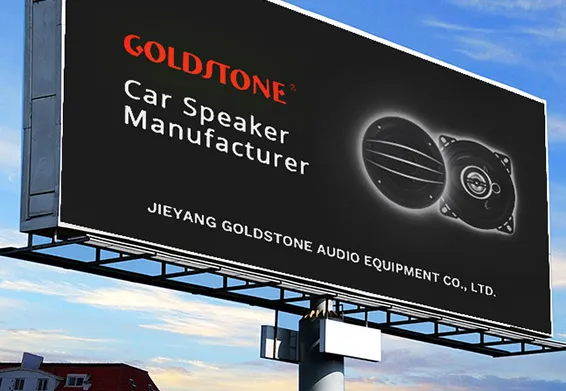
About Midrange Speakers
Types of Midrange Speakers
Midrange speakers, often referred to as squawkers or squawker speakers, are engineered to reproduce midrange frequencies. They play a crucial role in sound reproduction systems, including home stereo setups and car audio systems, by providing balanced sound and bridging the frequency gap between tweeters and subwoofers. There are various types of midrange loudspeakers available, each offering distinct features and benefits.
- Paper Cone Midrange Speakers:
These 6.5-inch midrange speakers feature a diaphragm made from paper. The lightweight paper cone allows for swift and precise sound reproduction in the midrange frequencies. With their warm and natural sound, paper cone midrange speakers are particularly well-suited for vocal performances and instrumental music.
- Poly Cone Midrange Speakers:
Poly cone midrange speakers utilise a diaphragm constructed from polypropylene material. This rigid material enables these speakers to reproduce midrange frequencies with remarkable accuracy and detail. As a result, they provide clear and transparent sound output, making them an excellent choice for critical listening environments.
- Dual Cone Midrange Speakers:
Dual cone midrange speakers are designed with two concentric cones—one larger and one smaller. This configuration enables the speaker to cover a broader range of midrange frequencies, resulting in a smoother frequency response and enhanced sound dispersion. They are ideal for applications where even sound coverage is paramount.
- Horn-Loaded Midrange Speakers:
Horn-loaded midrange speakers incorporate a horn-loaded driver, which acts as an acoustic amplifier. This design increases the efficiency and output of midrange frequencies. As a result, horn-loaded midrange speakers deliver clear and dynamic sound, making them suitable for applications that require high sound pressure levels.
- Carbon Fiber Midrange Speakers:
Constructed from carbon fiber material, these midrange speakers boast a lightweight and rigid diaphragm. This composition facilitates rapid and accurate sound reproduction in the midrange frequencies. Additionally, carbon fiber midrange speakers produce low distortion and high sensitivity, making them an excellent fit for high-power audio systems.
- Neodymium Magnet Midrange Speakers:
Neodymium magnet midrange speakers utilise a neodymium magnet in their motor system. Neodymium magnets are significantly lighter and more powerful than traditional ferrite magnets, resulting in enhanced speaker efficiency and reduced weight. These speakers are particularly suitable for applications where space and weight considerations are critical.
Specifications and Maintenance of Midrange Speakers
When sourcing midrange bass speakers, it is essential to understand their specifications and maintenance requirements. Here are key specifications to consider:
- Frequency Response: Midrange speakers typically have a frequency response range of 250Hz to 2000Hz. This range ensures that the speakers produce clear and distinct sounds, especially for vocals and instruments. The human ear can generally perceive frequencies up to 20,000Hz.
- Size: Midrange speakers are available in various sizes, such as 5.25 and 8 inches. The size of the speaker impacts the frequency range and loudness it can produce; larger speakers generally produce louder sounds compared to smaller ones.
- Materials: The materials used in the construction of midrange speakers significantly influence sound quality and durability. Most midrange speakers are crafted from polypropylene and mica, which together produce clear and distinct sounds. Additionally, it is crucial to consider the materials used for the magnet and voice coil, as these components facilitate vibration and sound production.
- Power Handling: This specification refers to the amount of power a midrange speaker can tolerate without sustaining damage, measured in watts. Midrange speakers vary in their power handling capacities; for example, a midrange speaker may have a power handling capacity of 70 watts root mean square (RMS) with a maximum of 140 watts.
To ensure optimal performance and longevity, midrange speakers require proper maintenance. Here are some essential maintenance tips:
- Handling: When installing or removing midrange speakers, handle them with care. Avoid touching the cone and voice coil, as these components are delicate and easily damaged.
- Placement: When installing midrange speakers, ensure they are situated on a stable surface to minimise vibrations. Additionally, maintain an appropriate distance between the speakers—ideally 3 to 4 feet apart—to enhance sound quality. To prevent overheating, keep the speakers away from heat-generating devices.
- Regular Cleaning: Dust and dirt accumulation can adversely affect the sound quality of midrange speakers. Therefore, it is advisable to clean the speakers regularly using a soft cloth to remove any debris.
How to Choose Midrange Speakers
Selecting the appropriate midrange speaker for any application is crucial. Here are several factors to consider before making a purchase.
- Material Composition
When choosing midrange speakers for resale, it is essential to examine the material composition of the speaker cone. Polypropylene is a widely used option for mid-bass speakers due to its durability and rigidity, which allows for accurate sound reproduction. Its lightweight nature makes it particularly suitable for car speakers. Alternatively, woven fabrics are also popular for midrange speakers, as they are lighter than polypropylene, enabling more responsive sound. Additionally, woven materials often possess moisture resistance, which is vital for certain applications. Regardless of the chosen material, ensure that the cone composition is robust and performs well across midrange frequencies.
- Sensitivity
When working with limited power sources, selecting speakers with high sensitivity is advisable. High sensitivity speakers can produce greater sound output with less power, thereby reducing the strain on the electrical system. This feature is particularly beneficial for car audio systems. However, it is important to note that high sensitivity speakers may be more susceptible to distortion, especially when overdriven. Always verify the power-handling specifications of any speaker under consideration to ensure they align with your intended application. A sensitivity rating of around 87 to 88 dB generally strikes a good balance for most uses.
- Cone Design
The design of the cone is another critical factor when selecting a midrange speaker. Many midrange speakers utilise a convex cone shape, which allows for focused sound projection. This design is particularly effective in car stereo systems. Additionally, look for speakers with cone materials that are both rigid and lightweight. Polypropylene is again a popular choice, as it can withstand loud sounds without compromising structural integrity. Consider the cone shape carefully; a convex design facilitates sound projection, making these speakers ideal for automotive audio applications.
How to DIY and Replace Midrange Speakers
Replacing midrange speakers can be an engaging project, especially for car enthusiasts keen on enhancing their sound systems. Here are some guidelines for a successful DIY speaker replacement:
Assess Sound Issues: Pay attention to any sound problems, such as distortion or a lack of clarity. Identifying these issues will help you determine which midrange speakers require replacement.
Select Compatible Replacement Speakers: When selecting replacement speakers, opt for models that closely match the specifications of the existing audio system, including power and resistance. This will help prevent potential damage to the system.
Prepare Necessary Tools: Gather essential tools such as screwdrivers, panel removal tools, and electrical tape. You may also need additional connectors or mounting adapters.
Disconnect the Battery: Prior to commencing the replacement process, disconnect the car battery to prevent any electrical mishaps.
Remove Old Speakers: Carefully detach the grilles and panels to access the old midrange speakers. Unscrew them and disconnect the wiring harness.
Install New Speakers: Connect the new midrange speakers to the wiring harness and securely place them in the mounting baffle. Reattach the screws and panels to complete the installation.
Test the New Speakers: Before finalising the installation, test the new midrange speakers to ensure they function correctly.
Reconnect the Battery: Once satisfied with the installation, reconnect the battery and power on the car.
Q&A
Q1: What is the difference between full-range and midrange speakers?
A1: The primary distinction between full-range and midrange speakers lies in their frequency response. Midrange speakers are designed to produce specific mid-range frequencies, typically between 300 Hz and 5000 Hz, while full-range speakers can handle the entire audible frequency spectrum, ranging from low to high, generally from 20 Hz to 20,000 Hz (20 kHz).
Q2: What role does the crossover play in a midrange speaker?
A2: In multi-speaker audio systems, a crossover divides the incoming audio signals into various frequency bands. Midrange speakers receive mid-range frequency signals from the crossover, while tweeters and woofers handle high and low-frequency signals, respectively. The crossover ensures that each speaker receives only the frequencies it is designed to reproduce accurately.
Q3: What should be done if a midrange speaker distorts?
A3: Distortion in midrange speakers may result from overpowering, damaged voice coils, or an incompatible crossover setting. Users can address this issue by adjusting or replacing the amplifier, midrange speaker, or crossover as necessary. It is also prudent to check the source material for any underlying problems.

